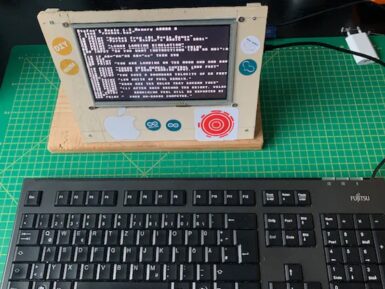
Overview
The Gravity: I2C Oxygen Sensor is based on electrochemical principles and it can measure the ambient O2 concentration accurately and conveniently. With high anti-interference ability, high stablility and high sensitivity, this arduino-compatible oxygen sensor can be widely applied to fields like portable device, air quality monitoring device, and industries, mines, warehouses and other spaces where air is not easy to circulate.
This compact dfrobot oxygen sensor supports I2C output, it can be calibrated in the air, can accurately measure the oxygen concentration in the environmentit. It is compatible with many mainboards like Arduino Uno, esp32, Raspberry Pi and so on. Its effective range is 0~25%Vol, and resolution can reach to 0.15%Vol. It supports wide range input voltage: 3.3V to 5.5V.
Moreover, the lifetime is as long as 2 years. With simple Gravity interface and practical sample code, you can build your own oxygen concentration monitor easily and conveniently.
Get Inspired

Lets make a programmable guitar pedal, using all the power from the Arduino DUE board with 12 bits ADCs, DACs and RAM memory.

As a continuation from his previous Arduino BASIC interpreter project, Stefan Lenz wanted to take things a step further by recreating a home computer from the 1980s with an Arduino Due board and just a few other components. His system combines a 7" 800 x 480 TFT screen, an SD card reader acting as the disk, and a PS/2 port for connecting a keyboard. He began by mounting the TFT display shield to the Arduino by slotting it in place and inserting an SD card to function as the external disk since floppy drives have long since disappeared and would be far too unwieldy. After soldering some additional wires to the SPI and I2C bus pins, a level shifter was attached to two digital pins that serve as the data and clock lines for the external PS/2 socket. Most of the “magic” in this project comes from the programming which handles everything from reading inputs to showing graphics on the LCD and even interfacing with other peripherals over either I2C or SPI. All of the code needed for this retro home computer can be found here in Lenz’s tinybasic repository, which contains a plethora of example projects and demonstrations that can be run/modified.








